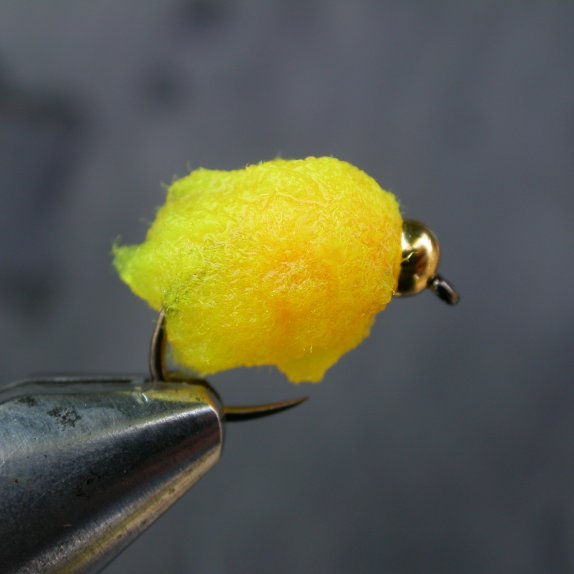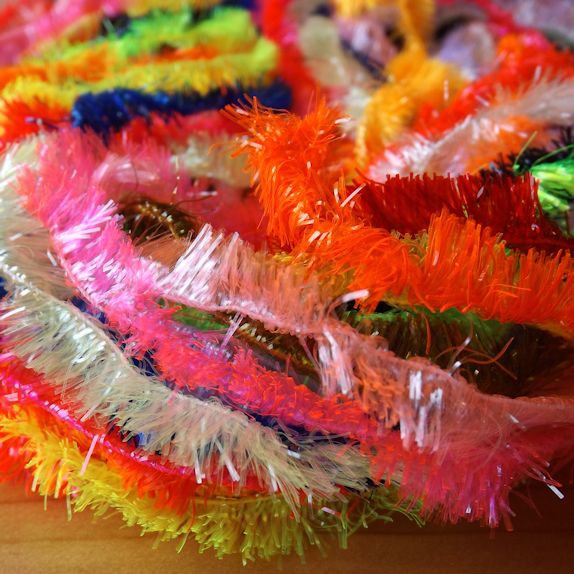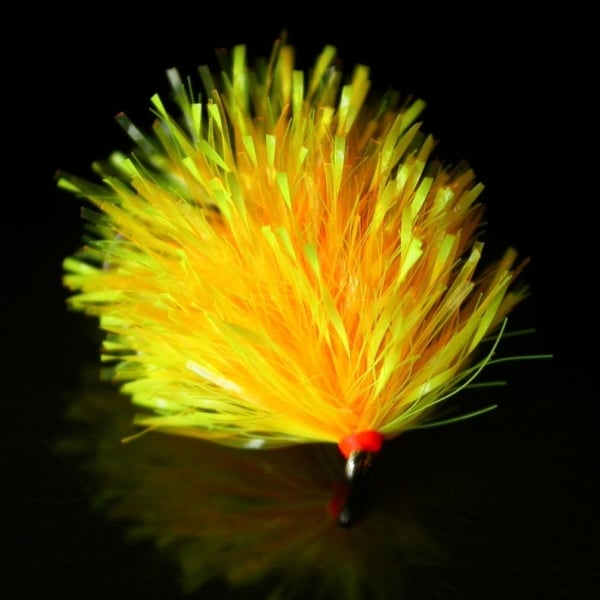Flybox – Modern Flytying Materials
NEW IN-STORE: Phospho Chenille – Let your Flies Glow!
100% SATISFACTION GUARANTEE
WORLDWIDE DELIVERY
24 HR DISPATCH GUARANTEE
Are you New to Fly Tying?
What is Fly Tying?
At its core, fly tying involves the construction of fishing flies, which are miniature representations of various aquatic creatures. These meticulously crafted imitations of insects, baitfish, and other aquatic creatures play a vital role in the world of fly fishing. These flies are attached to the end of a fishing line and cast into the water to entice fish to bite.
Unlike conventional bait fishing, where live or dead bait is used, fly fishing relies on the angler’s ability to mimic the natural prey of the targeted fish species. This imitation is where the art of fly tying comes into play.
Fly tying enthusiasts, known as fly tiers or tyers, meticulously craft these artificial flies using a combination of materials such as feathers, fur, thread, wire, and beads.
Is it hard to tie flies?
The fly tying process begins with selecting a specific pattern and determining the type of fly needed for the target fish species and prevailing environmental conditions. This pattern can mimic anything from mayflies to minnows and can vary in complexity.
One of the fundamental aspects of fly tying is understanding the entomology of your local waters. Successful fly tyers need to be, in some respects, amateur entomologists, studying the behaviour, appearance, and life cycles of the insects found in the areas that they are fishing. By understanding the aquatic ecosystem, fly tyers can create flies that closely resemble the natural prey of fish, increasing their chances of success on the water.
Once the pattern is selected and the materials gathered, the fly tying process can begin. Fly tyers use specialized tools, including a vice, scissors, bobbin, and various hooks, to construct the fly. A vice securely holds the hook in place while the tier attaches the materials using thread and other adhesives. The level of intricacy in a fly can range from simple patterns with just a few materials to highly complex creations with multiple layers and intricate detailing.
Feathers and fur from various animals are commonly used in fly tying as well as synthetic materials which Flybox specialises in. For example, the delicate hackle feathers of a rooster can be used to create the distinctive collar on dry flies, while deer hair is often employed to form buoyant bodies on patterns meant to float on the water’s surface. The choice of materials depends on the desired appearance and functionality of the fly.
Is it worth it to tie your own flies?
Tying your own flies is great fun, and fly tying has a rich history and culture which has evolved over centuries. Each generation of fly tyers adds to the knowledge and techniques which have been passed down through the ages. Fly tying communities, both online and offline, provide a platform for enthusiasts to exchange ideas, patterns, and stories. This sense of camaraderie and shared passion creates a strong sense of belonging among fly tyers, transcending geographical boundaries.
In competition fishing, tying your own flies is particularly important because a well tied fly will give you the edge on the water.
Fly Tying as a Heritage Craft
Fly tying, also known as fly dressing, is a craft that dates back to Roman times but experienced its biggest period of growth in the 1850s. Then, salmon and trout fishing were very much a rich man’s sport. From the 1850s until World War II many people could not afford to fish in the well-known streams and rivers. After the war many fisheries were developed and during the 1960s, large reservoirs were built and stocked with fish. This led to a growth in the number of trout anglers and subsequent growth in the number of fly tiers.
While the numbers of people tying flies is still quite large, Heritage Crafts, the national charity for traditional heritage crafts, has warned there is a trend away from learning fly tying as an art and more towards tying a very limited number of simple patterns for use in fishing. The actual number of highly skilled individuals that can tie most patterns and use most techniques is declining every year although the craft is not yet, thankfully, classified as endangered by the charity.
The artistry in fly tying becomes apparent when observing the creativity and attention to detail that goes into crafting each fly. Fly tyers often experiment with different colour combinations, textures, and shapes to create flies that closely resemble the natural insects or baitfish found in the waters they intend to fish. This artistic aspect allows fly tyers to express their individuality and personal style while still adhering to the principles of effective fly design.
Techniques like dubbing, wrapping, and stacking materials allow tiers to achieve lifelike appearances that can be irresistible to fish. The meticulous nature of fly tying requires a keen eye for detail and a steady hand to produce flies that meet the high standards of both aesthetics and functionality.
Fly Tying FAQs
What Fly Tying Materials do I Need?
You’ll need a few essentials for fly tying: hooks, thread, feathers (like cock hackle), dubbing for bodies, tinsel or wire for ribbing, and furs or synthetic materials for wings and tails. With these basics, you can tie a wide variety of trout and salmon flies.
Where can I buy Fly Tying Materials near Me?
Most fly tying materials are now sold online and Flybox specialises in providing a full range of modern and traditional fly tying materials, from natural feathers and furs to modern synthetics, threads, hooks, and tools including our own rainge of bespoke materials created by leading fly tyer Ian Christie.
How should I store Fly Tying Materials
Store your fly tying materials in a cool, dry place away from sunlight and moisture. Use labeled boxes or plastic bags to separate feathers, furs, threads, and hooks. If you are just getting started the traditional toolbox has lots of small sections that are great to keep everything in one place.
Keep natural materials moth-free with silica gel, and organise by type or colour for easy access.
What Tools do I need for Fly Tying?
You’ll need a few key tools for fly tying. Importantly, get yourself a sturdy fly-tying vise to hold hooks while you work. Super sharp scissors for trimming. A bobbin holder for thread control and hackle pliers for feathers is recommended. A whip finisher for neat knots, and a bodkin for applying varnish or picking out dubbing.























